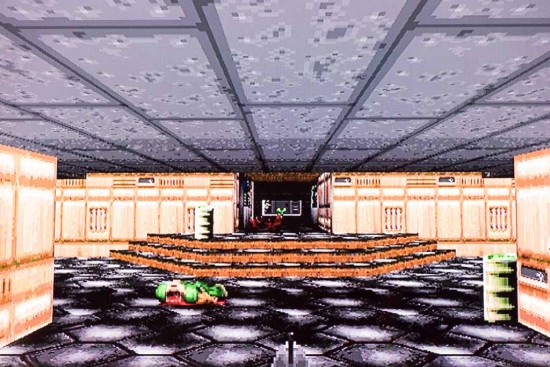
Photography isn’t just about print anymore. When I read articles or forum posts that are against increases in megapixels, like I have recently about the Fuji X-Pro 2, it makes me seriously question the background of the person making the claim and whether they understand the direction technology is heading.
That being said, I feel it’s important to clarify my technology background. I remember CGA/EGA/VGA/SVGA/XGA/etc…. In the 80’s, you were lucky to see more than ANSI art on your computer. But, when the 90’s came about, 320×200 and 640×480 digital pictures and video began to become common. I could get more technical, but this isn’t the place. In the 90’s I also worked for a ground breaking multimedia development company that was the first to do many things, including 360 real estate photography on the web. I was their problem solver, and our biggest problems generally pertained to providing a quality viewing experience at all resolutions since digital images would be too small or too big for display on desktops that could be 640×480 (mainly older users), 800×600 (very common), 1024×768 (ideal at the time but not common), 1280×1024 (mainly professionals), or 1600×1200 (only professionals). This was a huge issue that was partially addressed by vector graphics and the megapixel war. When you’re working with bitmap images you always want to start with files bigger than or equal to your end resolution.

(Example of poor operating system scaling on 3200×1800 13.3 inch laptop screen)
Yet we still don’t live in a resolution independent world because scaling bitmap files up in size is imperfect and the promise of vector graphics hasn’t payed off; which can best be seen on 4K (3840×2160) monitors when loading an older application or operating system. This is relevant because the transition to 8K (7680×4320), which is beginning this year, will have the same affect on photography , especially at resolutions below 24MP.
The mass production of high pixel density displays of various sizes has helped develop high pixel density production facilities and has dramatically driven down the cost of large, high pixel density panels. We might have seen faster adoption of 4K if integrated graphics were able to drive them and the adoption of a new HDCP standard came faster so there was more 4K content but, now that these issues are settled, 8K is rapidly approaching. 2016 is being marketed as the year of 4K, but 2017 could very easily be the year of 8K since the price of 4K has fallen below $500.

(Sprite based game on Xbox 360)
Beyond traditional display technology, Oculous Rift will begin shipping March 28th, followed by the HTC Vive, Microsoft HaloLens, PlayStation VR, and Razor OSVR. There are also phone based solutions like GearVR, and Google Cardboard, as well as other solutions on the way. The panels in these devices are largely 1080x(varies), but the worlds which they allow you to access are gigapixel in size and, if someone were inclined to display a photo in one of these worlds, you would end up with issues similar to the ones video games had with sprite based graphics systems.

(Getting close to a sprite wall or object)
In today’s world of rapidly advancing pixel density and virtual reality, consumers and professionals should demand that every camera maker produce the highest megapixel camera they can, while maintaining very good image quality around 3200-6400 ISO. Technologically speaking, today’s APS-C cameras should all be at least 24MP while Full-Frame cameras should all be at least 50MP. I believe that, ideally, the megapixel war will end again when a photo taken in the real world can be reproduced in a virtual world at a 1:1 size. To put it another way, if I take a photo in real life and display it in a virtual room, when I approach the photo on the virtual wall it should be as if I approached the subject in reality with zero pixels apparent.
